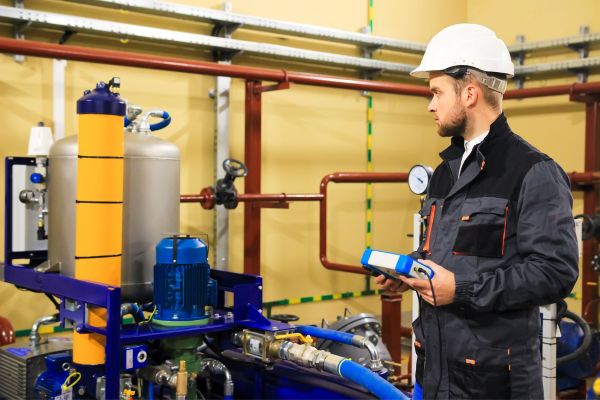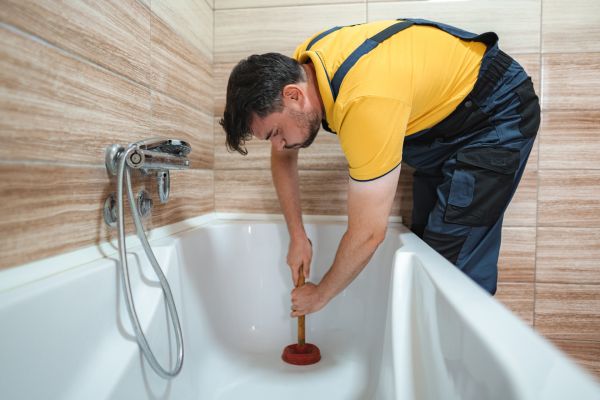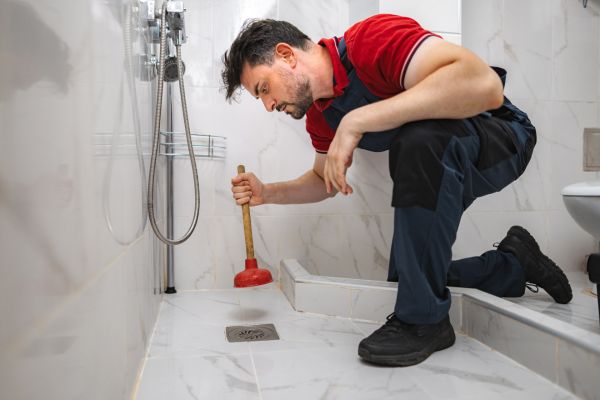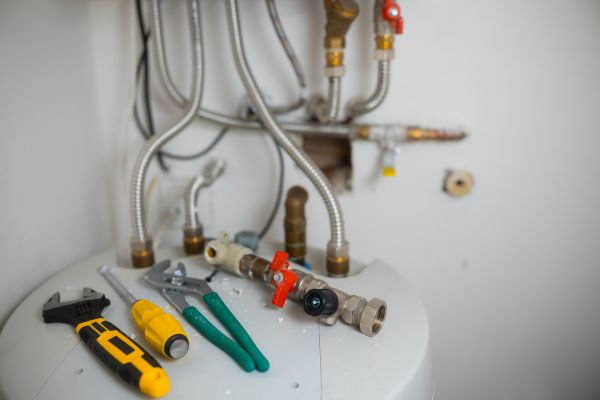Plumbing may seem like a hidden network of pipes and fixtures beneath the walls and floors, but it plays an essential role in our everyday lives. From delivering clean drinking water to removing waste efficiently, plumbing systems are the backbone of any modern structure. Whether you’re a curious homeowner, an aspiring plumber, or simply someone eager to understand the basics, this comprehensive introduction to plumbing systems will give you a solid foundation on how everything works behind the scenes.
Understanding the Purpose of Plumbing Systems
At its core, the purpose of a plumbing system is to manage the flow of water and waste. It enables access to potable water for cooking, cleaning, and bathing while also ensuring that wastewater is properly channeled away to protect health and hygiene. Without well-designed plumbing, even the most elegant buildings would become uninhabitable.
There are two primary functions in any plumbing system: water supply and drainage. The water supply system brings in fresh water, usually under pressure, from municipal sources or private wells. In contrast, the drainage system relies on gravity to carry wastewater out of the building and into a sewer or septic system. Both systems work together to create a seamless, functional environment.
Components of a Plumbing System
An introduction to plumbing systems wouldn’t be complete without a closer look at their key components. Every system includes a variety of interconnected parts that ensure efficient water movement. Pipes form the framework, channeling water in and out. These can be made of copper, PVC, PEX, or galvanized steel, depending on their purpose and location.
Fixtures such as sinks, showers, toilets, and bathtubs are points of use where water is accessed or expelled. Behind the scenes, valves control water flow, enabling users to shut off supply in case of maintenance or emergencies. Additionally, traps—curved sections of pipe beneath drains—prevent foul odors from rising by holding a small amount of water to block sewer gases.
Vent pipes are another crucial element, allowing air into the drainage system to maintain proper pressure and ensure smooth wastewater flow. Without proper venting, drains could become sluggish or emit unpleasant smells. Together, these components form a dynamic network that supports a clean, functional living space.
How Water Supply Systems Work
Water supply systems are designed to deliver water efficiently, safely, and at the right pressure. Typically connected to a municipal water line, this system includes a main shutoff valve and a water meter to monitor usage. Water is then distributed through cold and hot lines to various fixtures around the home.
Hot water is generated through water heaters, which may be tank-based or tankless, and then piped to showers, sinks, and appliances. The design and installation of these systems must adhere to strict codes to prevent contamination and ensure consistent performance.
Proper insulation and pressure regulation are also important considerations. Without adequate planning, pipes can freeze in cold weather or burst under excessive pressure, leading to costly damage. A well-maintained water supply system ensures uninterrupted access to clean water while minimizing risks.
The Drainage and Waste Removal Process
On the opposite end of the system lies the drainage and waste removal network. Unlike the pressurized water supply, drainage relies on gravity to transport wastewater away. Pipes slope downward from fixtures to ensure the smooth movement of waste toward the sewer or septic tank.
This part of the system includes drain lines, vent stacks, and clean-outs for maintenance access. Modern plumbing designs incorporate traps and vents to maintain hygiene and prevent dangerous sewer gas buildup. Additionally, backflow prevention devices may be installed to protect clean water from contamination in the event of reverse pressure.
Understanding the mechanics of drainage is critical for troubleshooting common plumbing issues like clogs, leaks, or slow drains. Keeping this system clean and functional is essential for the overall health and safety of the home.
Residential vs. Commercial Plumbing Systems
While the basic principles are the same, residential and commercial plumbing systems differ significantly in scale and complexity. Residential systems serve individual homes, often with fewer fixtures and a straightforward layout. In contrast, commercial buildings require extensive planning, multiple floors, high-capacity fixtures, and redundancy to handle larger volumes of water and waste.
Commercial plumbing often includes specialized components such as grease traps, industrial-grade pipes, and larger water heaters. Maintenance protocols are stricter, and system failures can lead to significant disruptions. As such, commercial plumbing installations must adhere to more rigorous standards and often involve advanced technologies and designs.
Common Plumbing Materials and Their Uses
Different parts of a plumbing system require specific materials based on the purpose, location, and code requirements. Copper has long been favored for its durability and resistance to corrosion, especially in water supply lines. However, newer materials like PEX offer flexibility and are easier to install, making them increasingly popular in residential applications.
PVC is widely used for drainage due to its affordability and chemical resistance, while cast iron may be used in older buildings or commercial projects due to its strength and noise-reducing properties. The choice of material can affect not only the performance of the system but also its longevity and maintenance needs.
Understanding the characteristics of each material helps in making informed decisions when repairing or installing plumbing systems. It also plays a role in compliance with local plumbing codes and sustainability considerations.
The Importance of Plumbing System Maintenance
Maintaining a plumbing system is vital to ensure its longevity and performance. Regular inspections, prompt repairs, and preventive measures can save homeowners and businesses from unexpected costs. For example, addressing minor leaks early can prevent water damage, mold growth, and structural issues.
Routine maintenance may involve checking for corrosion, inspecting water pressure, clearing drains, and flushing water heaters. Even seemingly minor issues like dripping faucets or running toilets can waste significant amounts of water over time. Proactive care keeps the entire system efficient and environmentally responsible.
Moreover, proper maintenance supports water conservation efforts. Leaky pipes or inefficient fixtures can result in unnecessary waste, affecting both the environment and utility bills. By staying ahead of problems, property owners ensure the system runs smoothly for years to come.
Why Plumbing Systems Matter More Than Ever
In today’s world, plumbing systems are more important than ever. With growing concerns about water conservation, sanitation, and public health, the role of plumbing has expanded beyond mere convenience. Advanced technologies like smart leak detectors, eco-friendly fixtures, and water recycling systems are transforming traditional plumbing into a hub of innovation.
An understanding of plumbing systems is crucial not just for those working in the field but for anyone interested in sustainable living. Knowing how systems function empowers people to make smarter choices about usage, maintenance, and upgrades. This knowledge contributes to safer homes, healthier communities, and a cleaner environment.
Conclusion: Building a Foundation of Knowledge
This introduction to plumbing systems reveals a fascinating and essential aspect of modern infrastructure. From the water supply to waste removal, every component plays a vital role in maintaining comfort, cleanliness, and health. By understanding how these systems work, individuals gain the confidence to handle minor issues, communicate with professionals, and make informed decisions about their properties.
Whether you’re diving into the world of plumbing out of necessity or curiosity, this foundational knowledge opens the door to a deeper appreciation of the systems we often take for granted. In doing so, it underscores the importance of thoughtful design, responsible usage, and regular maintenance to keep things flowing smoothly.



